New
D-Tagatose
CAS#[87-81-0]
G-codeGEO-02222
EC number201-772-3
Molecular formulaC6H12O6
Molecular weight180,16
Synonyms
(3S,4S,5R)-1,3,4,5,6-Pentahydroxy-hexan-2-one

For more information or to place an inquiry, please email us to
georganics@georganics.sk or use our contact form
Regulatory Information
This product has not been classified.
Product categorization
Special offer :
Main category
Second level
Third level
Description
D-Tagatose is a useful chemical compound with a variety of research applications. We are pleased to offer high quality D-Tagatose in various sizes (for research, pilot-scale, or production applications) from milligrams to multi-kilogram batches, making it easy for you to choose the right amount to suit your needs.
D-Tagatose has been studied as a potential antidiabetic and …
Show full descriptionD-tagatose [87-81-0] or (3S,4S,5R)-1,3,4,5,6-Pentahydroxy-hexan-2-one is a hexose monosaccharide. It is a white crystalline solid with melting point of 131-132 °C. [1] Tagatose is a natural sweetener present in only small amounts in fruits, cacao, and dairy products. Since it is metabolized differently from sucrose, tagatose has a minimal effect on blood glucose and insulin levels due to its very low glycemic index (GI 3) compared to sucrose (GI 68) and fructose (GI 24). Starting with lactose, which is hydrolyzed to glucose and galactose, tagatose can then be produced commercially from the resulting galactose. The D-galactose is then isomerized under alkaline conditions to D-tagatose.[2]
Application of D-tagatose:
D-Tagatose has been studied as a potential antidiabetic and antiobesity medication. In preliminary studies in humans, tagatose has shown a low postprandial blood glucose and insulin response. Its proposed mechanism of action may involve interference in the absorption of carbohydrates by inhibiting intestinal disaccharidases and glucose transport. It may also act through hepatic inhibition of glycogenolysis.[3]Product categorization (Chemical groups):
Main category: Second level: Third level: _______________________________________________________________________[1] B. Lindberg, K. Slessor Carbohydr. Res. 1967, 5, 3, 286. doi:10.1016/S0008-6215(00)80503-0 [2] D. Ekeberg, S. Morgenlie, Y. Stenstrøm Carbohydr. Res. 2002, 337, 779. doi:10.1016/S0008-6215(02)00065-4 [3] I. Espinosa, L. Fogelfeld Expert. Opin. Investig. Drugs 2010, 19, 2, 285. doi:10.1517/13543780903501521
Similar products
| Product name | Structure | CAS# | G-code | |
|---|---|---|---|---|
| New | 2-Acetamido-3,4,6-tri-O-acetyl-2-deoxy-beta-D-glucopyranosyl azide | 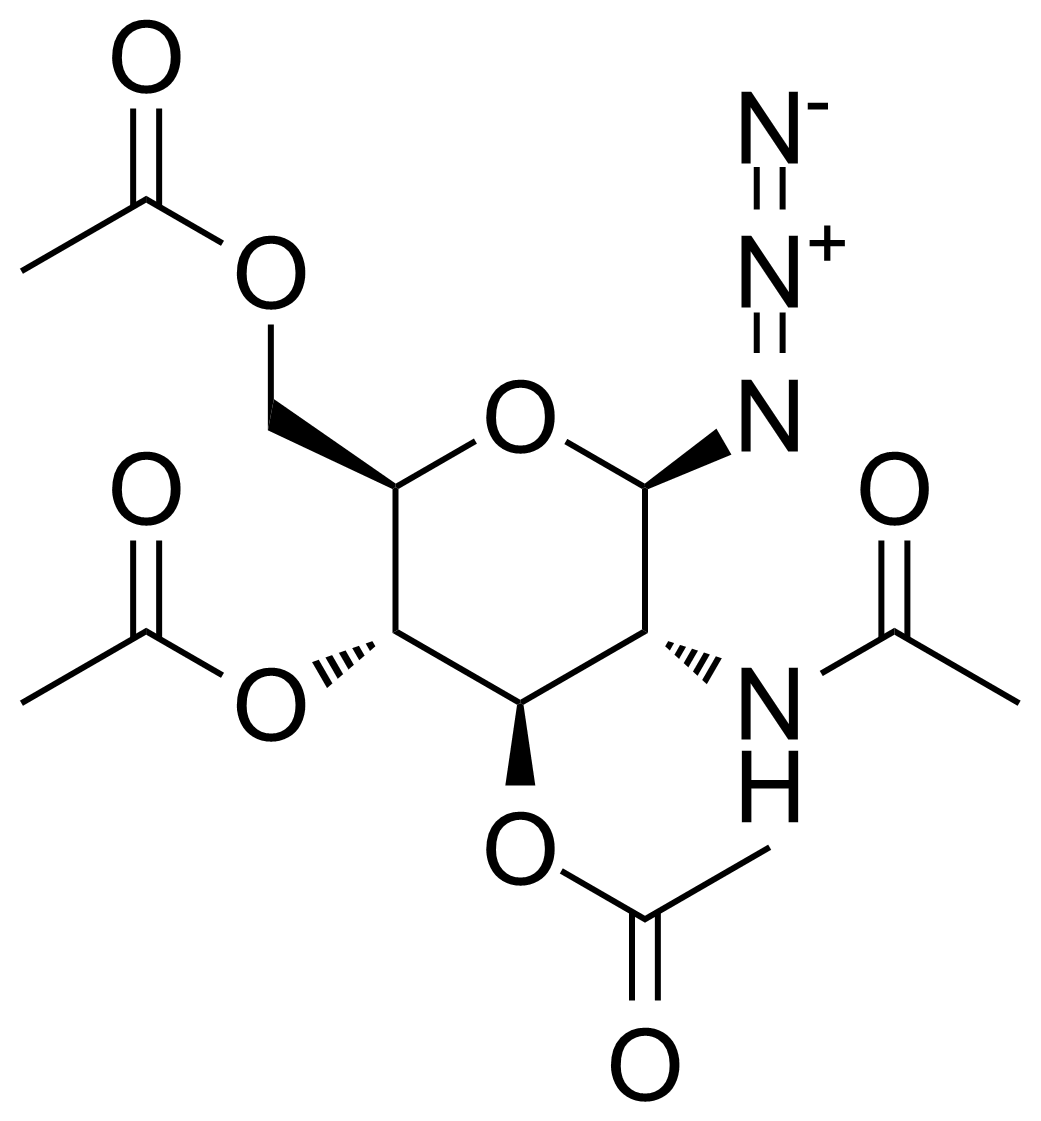 | [6205-69-2] | GEO-03200 |
| New | 2-Acetamido-3,4,6-tri-O-acetyl-2-deoxy-alpha-D-glucopyranosyl chloride |  | [3068-34-6] | GEO-03374 |
| 2-Acetamido-3,4,6-tri-O-acetyl-2-deoxy-beta-D-glucosamine | 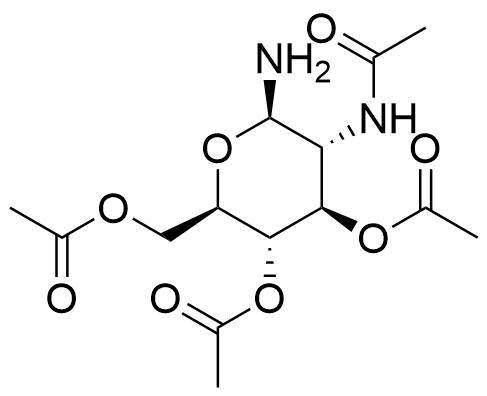 | [4515-24-6] | GEO-02927 | |
| New | 2-Acetamido-1,3,4,6-tetra-O-acetyl-2-deoxy-beta-D-glucopyranose | 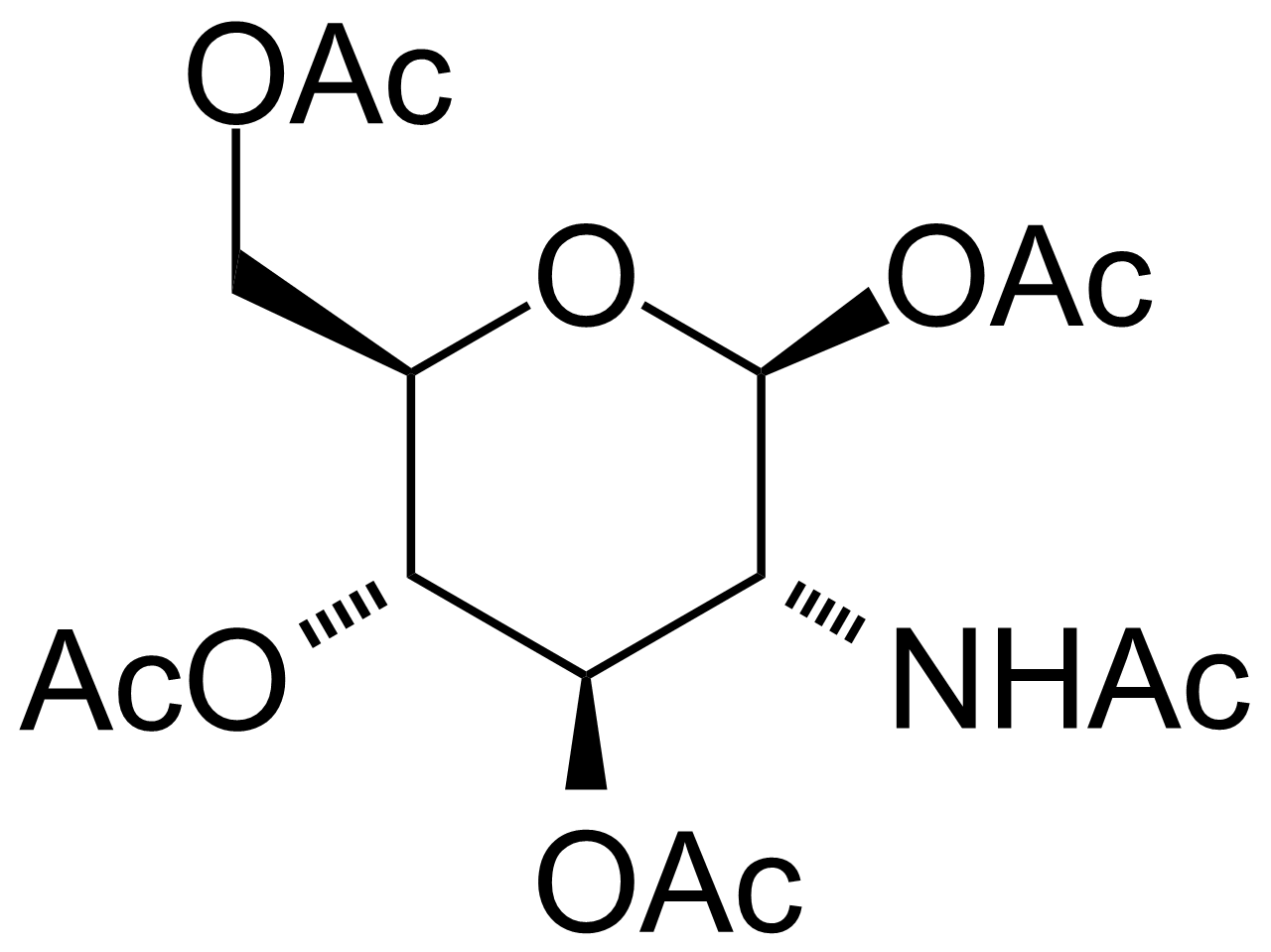 | [7772-79-4] | GEO-02610 |
| New | Acetochloro-beta-D-glucose | 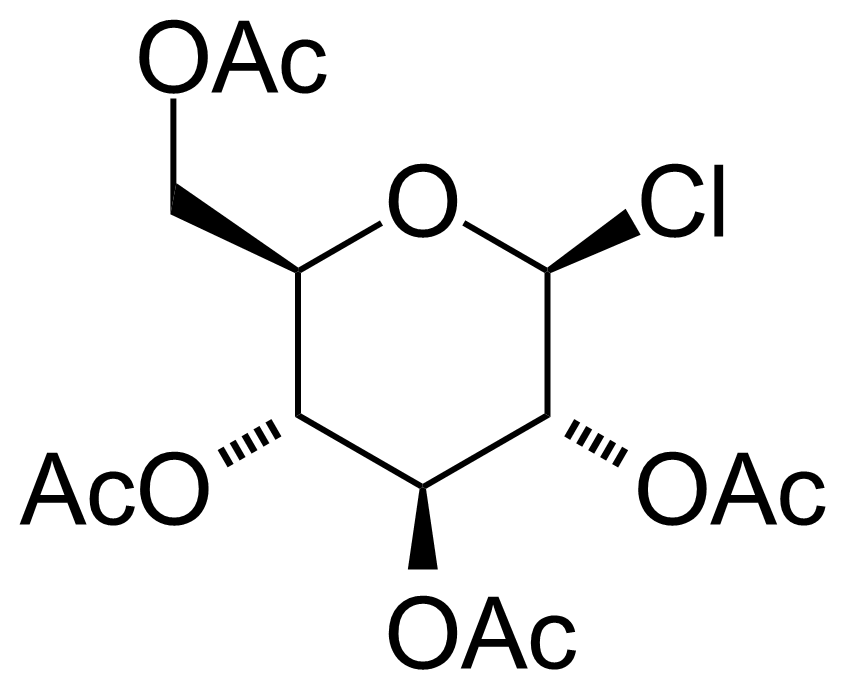 | [4451-36-9] | GEO-00008 |
| beta-D-Allopyranose | 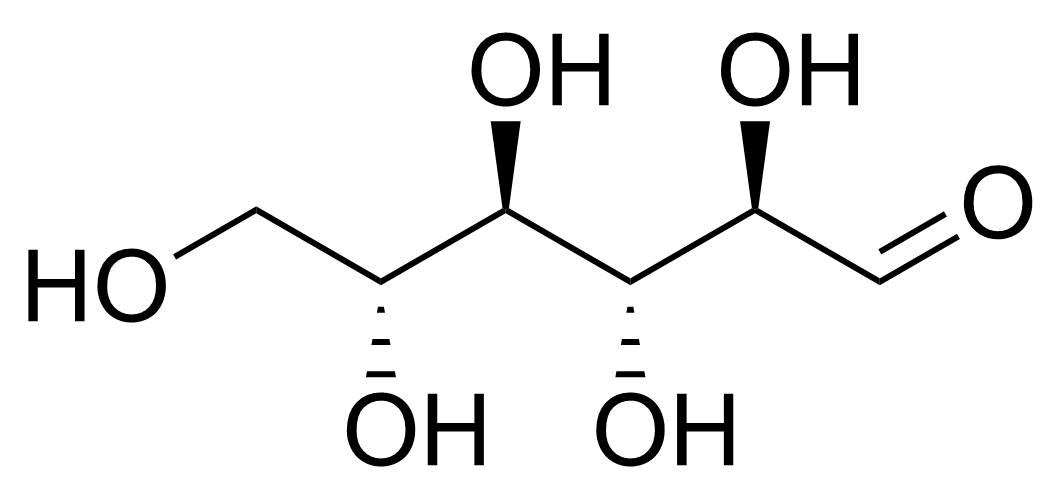 | [7283-09-2] | GEO-04660 | |
| New | D-Allose |  | [2595-97-3] | GEO-00057 |
| L-Allose | 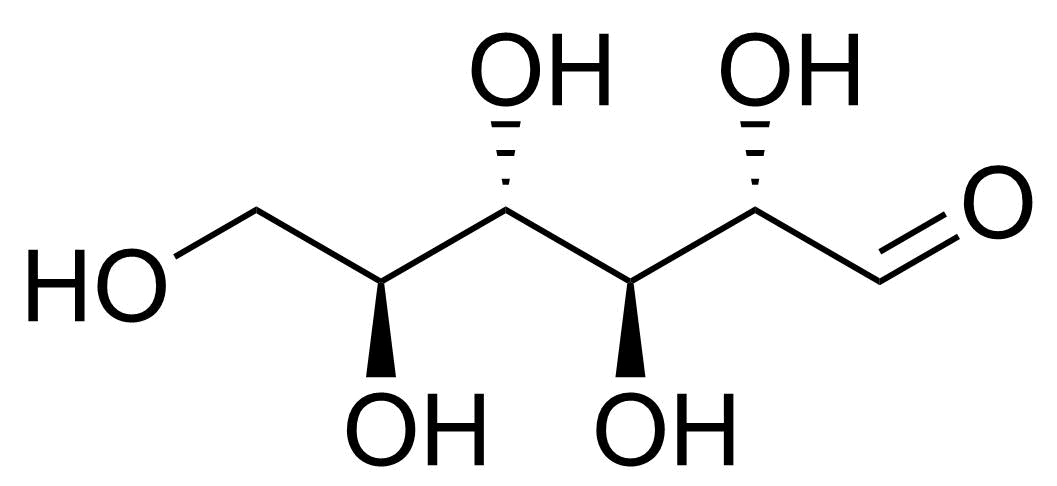 | [39392-62-6] | GEO-04661 | |
| D-Altrose |  | [1990-29-0] | GEO-00058 | |
| L-Altrose | 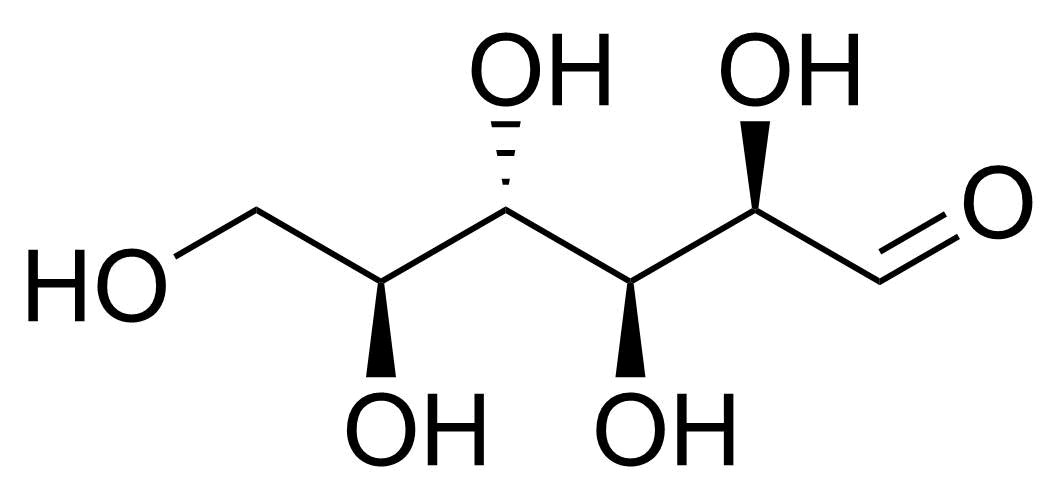 | [1949-88-8] | GEO-04662 |